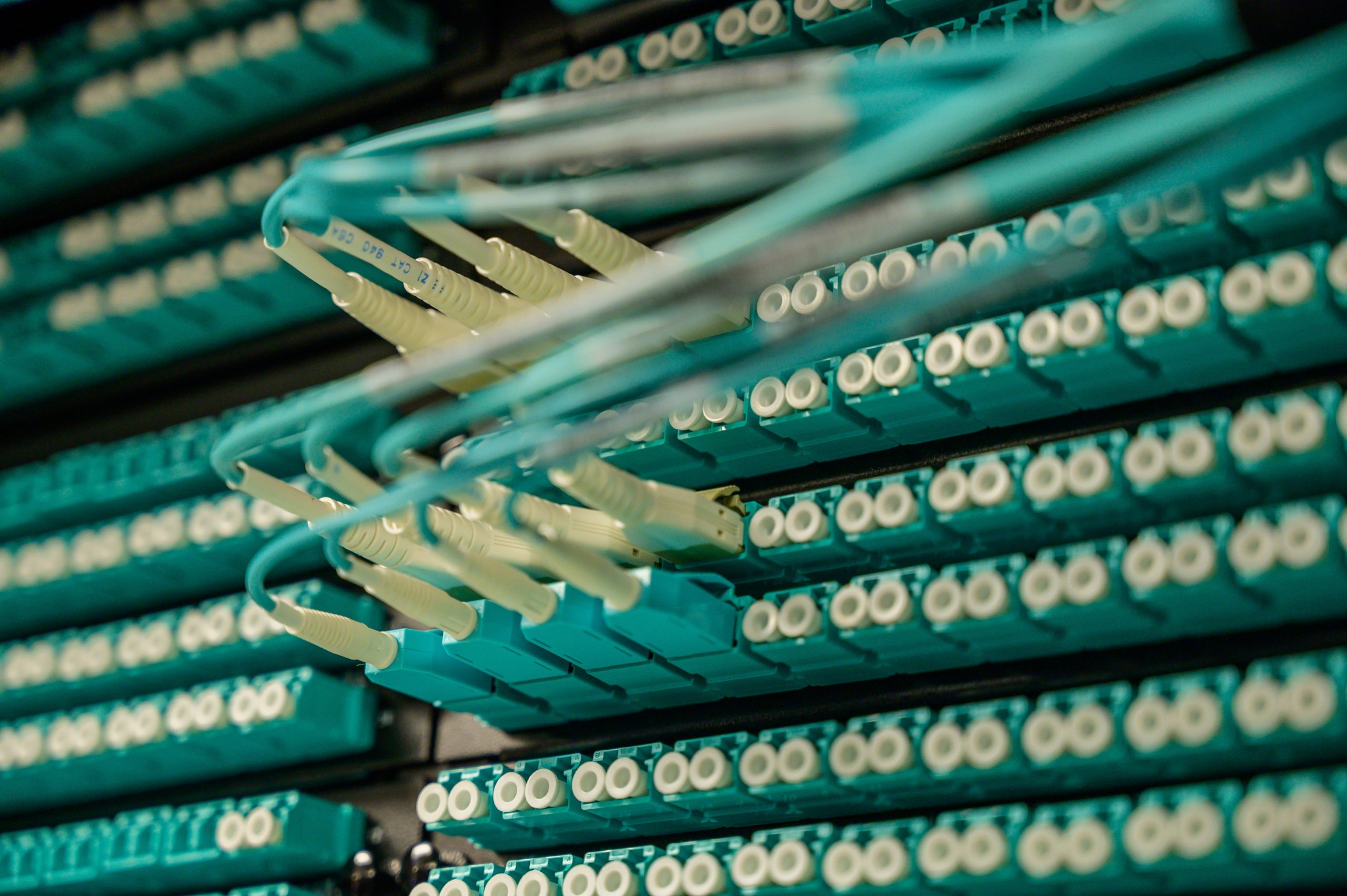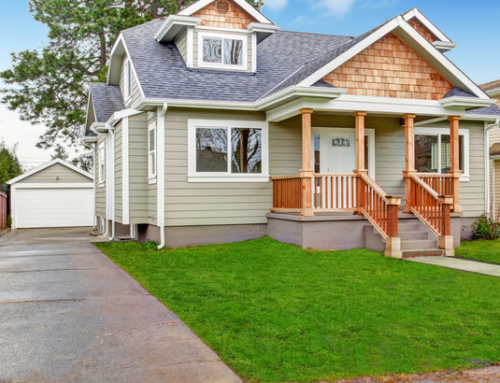The COVID-19 pandemic has transformed nearly every aspect of American life. Businesses have transitioned to conduct some of their operations online, and schools across the country have adapted to accommodate distance learning. Telehealth services are increasingly prevalent, allowing providers to treat patients safely without putting themselves or their patients at risk, and real estate services have quickly pivoted to staging virtual open houses and adding video to website listings. Today [at press time], as many states continue the process of reopening, the need for high-speed internet has never been greater.
Since the pandemic hit, average broadband usage across the country is up more than 40 percent, according to some estimates. In addition to straining existing broadband infrastructure, the sudden increase has highlighted the so-called digital divide between those who have ready access to computers and the internet, and those who do not. According to a Federal Communications Commission (FCC) report, more than 21 million Americans, most of whom live in rural areas, lack access to reliable broadband internet. Numerous other estimates put this number much higher.
The National Association of REALTORS® (NAR) has long supported the expansion of broadband capability throughout the United States. High-speed internet is a crucial tool for economic development and an important factor that can help make rural areas more attractive for businesses and families. Broadband not only adds to the value of a property, but it also facilitates virtually every real estate transaction in America. Consumers increasingly use online services for at least a portion of the buying or selling process. In the future, new technologies will only increase our members’ reliance on fast, efficient and cost-effective broadband services.
In recent months, federal and state governments—together with various public-private partnerships—have stepped up efforts to address the widening digital gap. For instance, states and tech organizations have created thousands of new drive-in WiFi hotspots throughout the country. Congress passed the $2 trillion Coronavirus Aid, Relief and Economic Security (CARES) Act earlier this year, which includes funding for broadband connections, distance learning, telehealth and telework. The Broadband DATA Act, which was recently signed into law, will help provide the FCC with more precise data about where broadband is available and where it is not—and at what speeds. Finally, the FCC launched the Keeping Americans Connected Initiative, which ensures businesses and families do not lose their broadband or telephone connectivity as a result of these exceptional circumstances.
These actions are just a preview of what will be needed in the months ahead, with a number of other legislative measures currently under consideration at both the federal and state level. The growing bipartisan support for new investment in broadband infrastructure is a positive sign that policymakers have finally made bridging the digital divide a priority.
COVID-19 is a national emergency of extraordinary scale. Connectivity will play a crucial role in our response. NAR has urged Congress to provide additional resources to support mobile broadband deployment. Such investments will support job growth and expanded connectivity so that our nation remains competitive and has the required network functionality in place to deal with new challenges in the future.
For more information, please visit www.nar.realtor/broadband-access.
By Amy Bos
Amy Bos is NAR’s technology policy representative.
Photo by Brett Sayles from Pexels













![The Perks of Downsizing When You Retire [INFOGRAPHIC]](https://metropolist.com/wp-content/uploads/2024/04/the-perks-of-downsizing-when-you-retire-mem-500x383.png)

